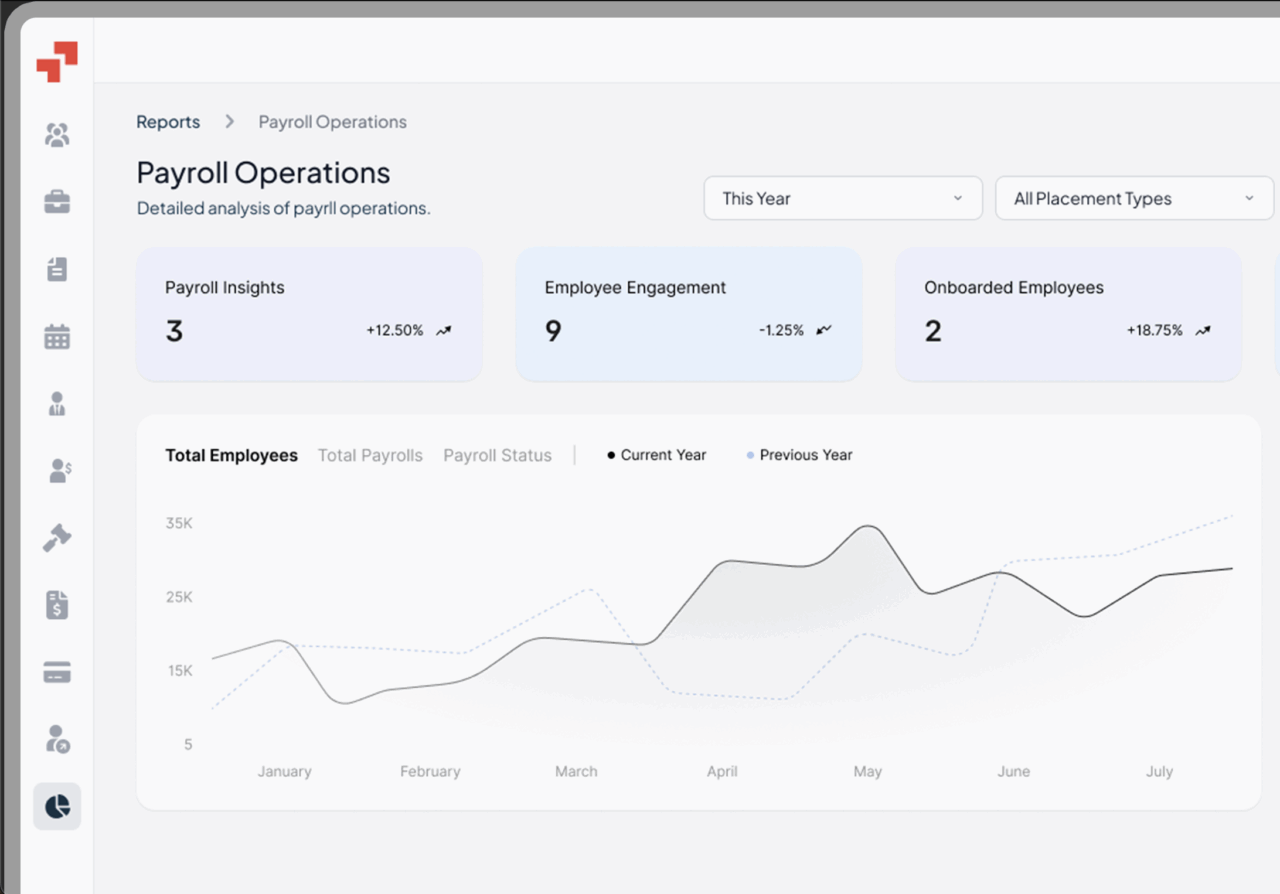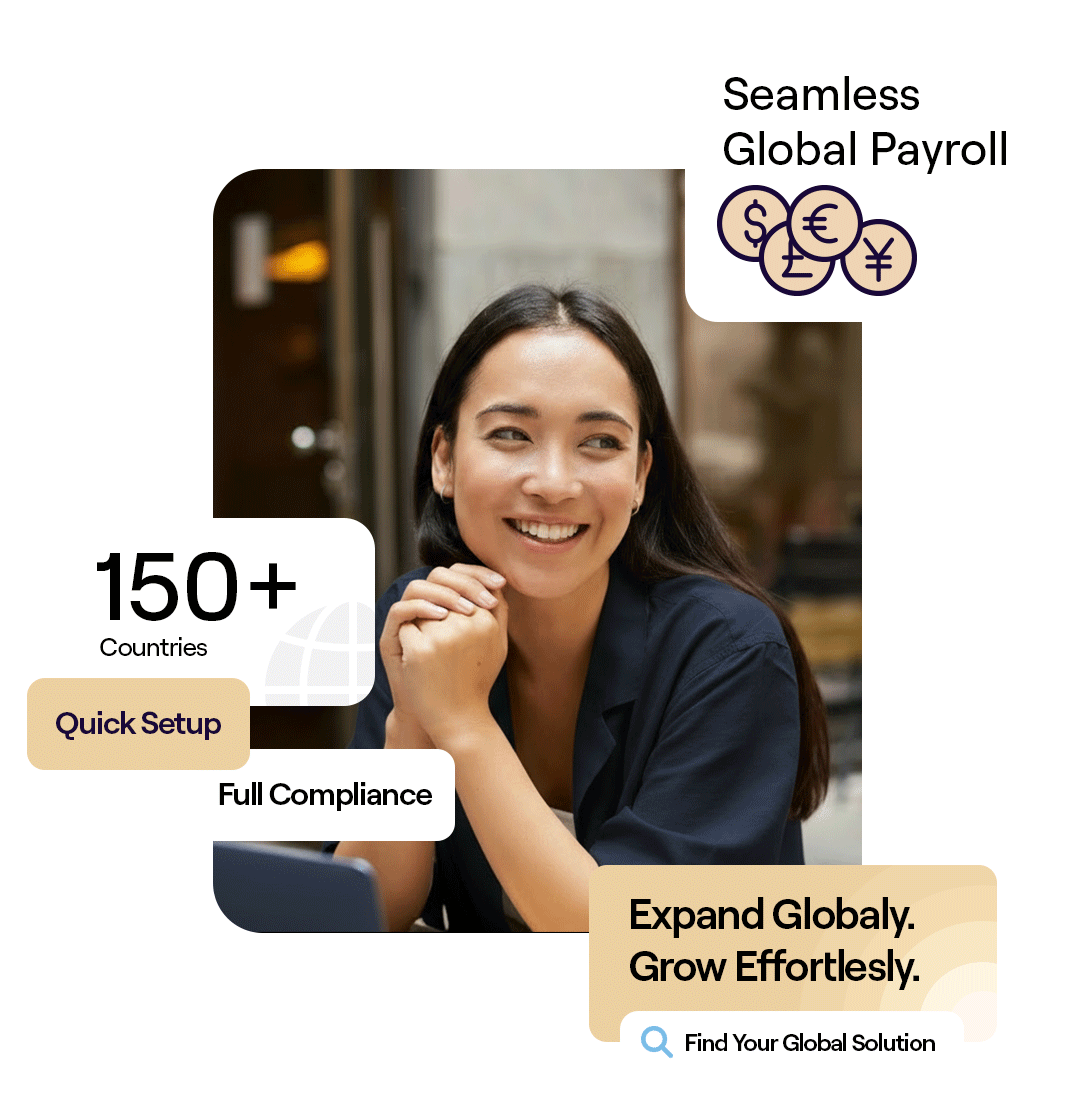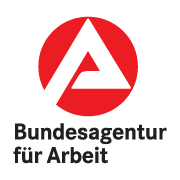Global Workforce GlossaryGlobal Workforce
Related Terms
Global Workforce Management
Distributed Workforce
International Employment
Global Mobility
Talent Density
Expanding your team across borders can unlock immense potential — but only if managed right. A global workforce allows companies to overcome logistical and legal challenges, allowing companies to access talent anywhere, diversify perspectives, and scale rapidly without physical limitations. With the right systems, compliance, and technology, organizations can turn global hiring from a challenge into a strategic advantage.
Table of Contents
- What is co-employment?
- What are co-employment laws?
- Why is co-employment a risk?
- What are co-employment rules
- Co-employment do’s and don’ts
- How does co-employment work?
- What is the difference between co-employment and joint employment?
- Co-employment vs PEO
- Co-employment vs employee leasing
- Is co-op considered a full-time employee?
- Is it illegal to work for two jobs in the same industry?
- Co-employment examples
- Practical Case Study Example
- PamGro and Co-employment: Your Global Partner
What is a Global Workforce?
A global workforce refers to a company’s employees, contractors, or remote staff—often residing in their home country—spread across multiple countries. These individuals collaborate across regions, time zones, and cultures toward shared business goals.
Understanding how employees work across different locations is crucial for leveraging the benefits of a global workforce. By building such a workforce, businesses tap into a diverse talent pool, expand operations worldwide, and stay agile in fast-changing markets. However, they must navigate local labor laws, tax regulations, cultural nuances, and communication barriers — areas where structured workforce management becomes essential.
The concept has gained momentum as remote work, digital collaboration, and global employment solutions have made borderless work possible. Today, even startups operate globally from day one – hiring specialized skills from wherever talent thrives.
What Does Global Employment Mean?
Global employment means legally hiring workers in other countries — whether full-time employees, independent contractors who provide services under contractual arrangements, or consultants — while ensuring compliance with each location’s labor, tax, and employment laws.
Instead of setting up costly subsidiaries, companies often use an Employer of Record (EOR) to handle local employment contracts, payroll, and statutory benefits. This allows businesses to hire internationally with speed and compliance — a model that’s reshaping how companies build distributed teams.
EORs benefit the workforce by providing workers with increased flexibility and ensuring compliance with local regulations.
According to U.S. Department of Labor guidance, proper classification and tax reporting are crucial for lawful cross-border employment. EOR partners like PamGro make this effortless, reducing compliance risks while giving companies access to talent in 150+ countries.
How Global Workforce Solutions Help
Global workforce solutions help organizations hire, manage, and pay talent worldwide — compliantly and efficiently. They bridge gaps in:
- Employment law and compliance
- Global payroll and tax management
- Benefits and social contributions
- Contractor vs. employee classification
- HR technology integration and reporting
Modern solutions also include AI-driven analytics, centralized dashboards, and compliance alerts. By automating repetitive HR tasks, companies save resources and maintain oversight on every hire, no matter the geography.
Essentially, these solutions remove administrative friction so businesses can focus on strategy, innovation, and growth, while experts handle international HR complexity.
What Is Global Workforce Management?
Global workforce management (GWM) encompasses the systems, processes, and data-driven practices used to coordinate employees working across different regions.
It includes workforce planning, time tracking, compliance, and global payroll — supported by unified HR tech. A good global workforce management software provides real-time insights into cost, productivity, and compliance status across multiple markets. Effective workforce management ensures that staffing and planning strategies are aligned with overall business objectives, supporting the organization’s long-term success.
Also GWM also fosters consistent employee experience, ensuring fairness, compliance, and alignment across all locations.
Companies leveraging GWM tools can manage benefits packages, tax reporting, and labor laws seamlessly — all key to sustainable international operations.
Challenges of Managing a Global Workforce
Managing a global workforce comes with a unique set of challenges that require careful planning and proactive strategies. One of the most significant hurdles is navigating the complex web of local employment laws and tax regulations, which can differ dramatically from one country to another. Failing to comply with these local labor laws can expose organizations to legal risks and increase administrative burdens, making global workforce management both time consuming and resource intensive.
Cultural differences and language barriers also present obstacles for global teams. These factors can hinder effective communication, reduce team cohesion, and create misunderstandings that impact productivity. To address these challenges, organizations must invest in training programs that build cultural awareness and language skills, ensuring that employees from different countries can collaborate smoothly.
Additionally, developing compensation strategies that are both competitive and compliant with local labor laws is essential for attracting and retaining top talent. By prioritizing diversity and inclusion, and by equipping teams with the tools and knowledge to bridge cultural gaps, companies can turn these challenges into opportunities for growth and innovation within their global workforce.
Tips for Effectively Managing a Global Workforce
Building a global team is easier than ever, but managing it requires both cultural intelligence and process discipline.
- Define company-wide KPIs that align global teams.
- Implement asynchronous communication to handle time zones, and ensure you respect different working hours to comply with regional labor regulations and employee rights.
- Use a centralized HR platform for payroll, onboarding, and compliance.
- Offer customized benefits and pay structures per region.
- Encourage cultural awareness and inclusion training.
- Maintain open communication channels using digital collaboration tools.
Tip: Leverage video conferencing to facilitate real-time communication among distributed teams, bridging geographical and time zone gaps for more effective collaboration.
- Partner with an EOR like PamGro for global onboarding and compliance.
These strategies not only reduce global workforce management challenges but also strengthen retention, trust, and team cohesion across borders.
What are the Benefits of Having a Global Workforce?
A well-managed global workforce delivers measurable advantages:
- Access to diverse, specialized talent across continents
- 24-hour productivity through time zone coverage
- Faster market expansion with local presence and insights
- Innovation through cultural diversity: Diverse teams foster new ideas and creative solutions, enhancing problem solving and adaptability.
- Benefits of a diverse workforce: Improved problem solving, increased innovation, and better cross-cultural collaboration.
- Lower employment and overhead costs via optimized salary structures and reduced need for physical office space
Additionally, global teams help companies better understand customer preferences in emerging markets, creating products and services that resonate across geographies.
By leveraging EOR and global expansion services, organizations can scale strategically without the delays and costs of entity setup — turning talent availability into a competitive edge.
How Does a Global Workforce Influence Global Hiring Practices?
A global workforce fundamentally shifts how companies approach recruitment and retention.
Securing the right talent for each role is crucial in global hiring, as it ensures organizations have the appropriately skilled personnel to maximize productivity and achieve strategic goals across international markets.
Businesses are moving away from local hiring constraints to skills-based global recruitment. With digital tools and EOR partners, hiring managers can evaluate and onboard top talent worldwide within days. Skills-based recruitment focuses on identifying the specific skills needed for success in a global environment, such as cross-cultural understanding and language proficiency.
This evolution drives:
- Localized employer branding tailored to cultural preferences
- Hybrid hiring models balancing full-time, contract, and freelance roles
- Country-specific compensation benchmarking
- Clear compliance around work authorization and tax obligations
This shift ensures that hiring is not only efficient but also equitable and compliant in every region of operation.
What Role Does HR Play in Managing a Global Workforce?
HR professionals are the architects of a connected, compliant global workforce.
Their expanded responsibilities include:
- Developing universal HR policies adaptable to local contexts
- Managing multi-country payroll and statutory benefits
- Overseeing compliance audits and employment contracts
- Running global performance management programs
- Driving employee engagement through virtual collaboration
- Aligning HR strategies and practices with organizational goals to ensure the workforce supports the company’s broader objectives
HR teams also rely on data-driven global HR platforms to track employee satisfaction, diversity metrics, and productivity. Their role extends beyond administration — HR is now a strategic enabler of global scalability. HR also plays a key role in promoting diversity and inclusion within the global workforce, helping to foster an environment that values different perspectives and backgrounds.
What are the Employee Types Within a Global Workforce?
A truly global workforce comprises diverse employee types:
- Full-time employees: Locally hired with standard contracts and benefits
- Independent contractors: Project-based professionals working autonomously
- Fixed-term hires: For specific durations or deliverables
- Expatriates: Transferred employees with international assignments
- Remote-first employees: Fully digital, cross-border contributors
Each group brings unique compliance and management requirements. As per OECD labor standards, clear worker classification safeguards both company and worker rights, ensuring ethical global employment
Key Components of Global Workforce Management
Effective global workforce management integrates multiple disciplines:
- Regulatory compliance for each jurisdiction
- Local payroll & benefits customized by country
- HR data analytics & forecasting
- Cross-cultural communication programs
- Digital collaboration infrastructure
- Risk management and reporting frameworks
- Technology-backed EOR partnerships
- Accommodating various regions in global workforce planning and operations to address regional market trends, demographic differences, and provide 24/7 support
These interconnected systems help companies operate on a global scale with local precision, maintaining compliance and employee satisfaction simultaneously.
Operational Considerations for a Global Workforce
Successfully managing a global workforce requires attention to several operational key areas. Organizations must handle managing payroll, benefits packages, and job roles across multiple time zones and countries, ensuring that every employee receives accurate and timely compensation. Social security contributions, international assignments, and tax obligations add further complexity, as each country has its own set of rules and requirements.
To support effective workforce management, companies should prioritize clear and consistent communication, leveraging technology to connect teams working in different regions and time zones. Providing ongoing skills development and training opportunities helps employees adapt to new roles and responsibilities, while fostering a culture of diversity and inclusion enhances job satisfaction and reduces turnover.
Understanding and valuing the diverse perspectives within a workforce is also crucial. Organizations should be mindful of employees’ needs related to work-life balance, well-being, and career development, tailoring their approaches to fit the unique expectations of each region. By addressing these operational considerations, businesses can build a resilient, engaged, and high-performing global workforce that drives long-term success.
What is the Impact of Remote Work on a Global Workforce?
Remote work has made global employment the new normal.
The ability to work remotely allows companies to access international talent without requiring employees to relocate, making it easier to build diverse teams across borders. It empowers companies to hire the best person for the role — not just the closest. Yet, it also introduces challenges like data protection (GDPR), tax residency rules, and cross-border payroll complexities.
To manage this shift, forward-thinking companies use global HR technology and partner with providers like PamGro, ensuring every remote hire remains legally compliant and seamlessly integrated into the global culture.
Customer Preferences and Market Expansion in a Global Context
For global organizations, understanding customer preferences and adapting to local markets are essential for successful global expansion. Each region and country has its own unique business needs, labor rights, and consumer expectations, making it vital for companies to tailor their products and services accordingly. Global teams play a key role in providing insights into local customer preferences, enabling organizations to develop targeted marketing strategies and offerings that resonate with diverse audiences.
Time zone differences and cultural nuances must also be considered when leading a global workforce and serving customers in new markets. By promoting diversity and inclusion within their teams, companies can foster innovation and leverage the strengths of top talent from around the world. Nearly half of global organizations identify workforce management as a critical area for improvement, underscoring the importance of effective strategies and advanced technologies to support global expansion.
By staying attuned to the needs of different regions and leveraging the expertise of their workforce, businesses can effectively lead their teams, drive business growth, and maintain a competitive edge in the ever-evolving global marketplace.
Example of a Global Workforce in Action
Consider a European SaaS firm scaling operations globally. It hires:
- Developers in India
- Designers in Argentina
- Support agents in Kenya
- Sales representatives in Canada
Using PamGro’s Employer of Record services, the company onboards each hire compliantly, sets up localized payroll, and manages benefits without creating new entities.
Within months, the startup expands into five new markets, reduces hiring costs by 65%, and builds an agile, multicultural team that operates round the clock. That’s the real power of a well-managed global workforce.
PamGro: Simplifying Global Workforce Management
Building and managing a global team doesn’t have to be complex.
PamGro’s Employer of Record and Global Expansion services empower companies to:
- Hire talent compliantly in 150+ countries
- Manage payroll, benefits, and taxation seamlessly
- Stay aligned with local labor and social security laws
- Gain real-time visibility into global workforce analytics
Whether you’re hiring one remote employee or establishing a distributed global team, PamGro ensures compliance, agility, and growth readiness — so you can focus on what matters: scaling your business.
👉 Talk to PamGro today and see how easy global workforce management can be.
Hire the Best Talent, Anywhere






